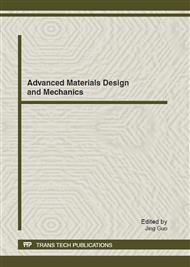p.136
p.144
p.149
p.153
p.159
p.164
p.168
p.172
p.176
Fabrication of Pb-Free Sn-Bi Solder Using Polyoxyethylene Lauryl Ether
Abstract:
Lead-free solders have been gaining more and more attention recently. Sn-Bi system is one of the most promising candidates as the lead-free solder materials. In this article Polyoxyethylene lauryl ether (Brij 35) was used as the additive in the electrochemical deposition of Sn-Bi alloy. Various current densities and bath compositions have been investigated. Sn-Bi composites were successfully deposited on a copper substrate. The deposits were then characterized and studied by scanning electron microscopic (SEM), energy dispersive X-ray spectroscopy (EDS), X-ray diffraction (XRD) and differential scanning calorimeter (DSC). Results indicate that the morphology and crystalline orientations are composition dependent. Intermetallic compound (IMC) was formed during the reflow process.
Info:
Periodical:
Pages:
159-163
Citation:
Online since:
September 2012
Authors:
Price:
Сopyright:
© 2012 Trans Tech Publications Ltd. All Rights Reserved
Share:
Citation:


